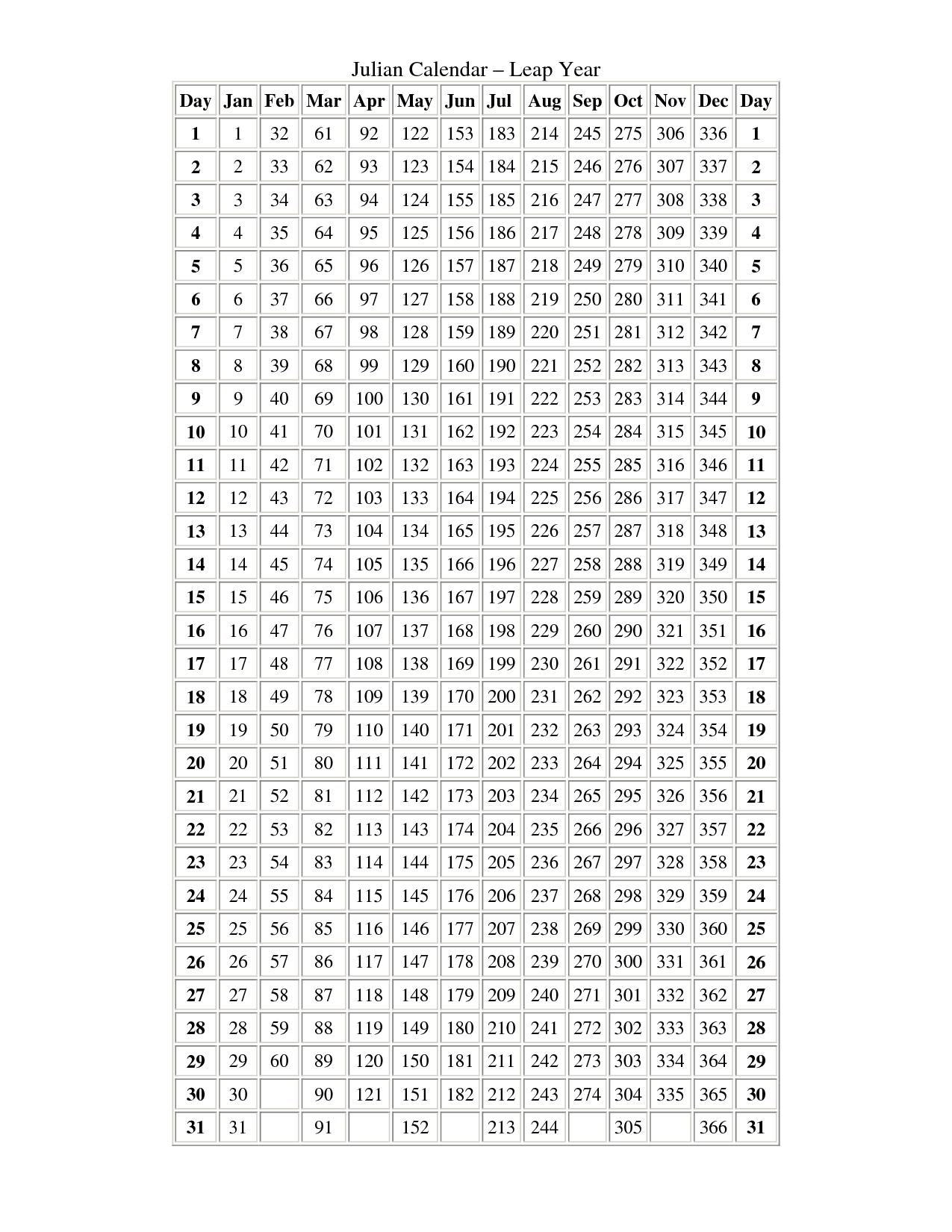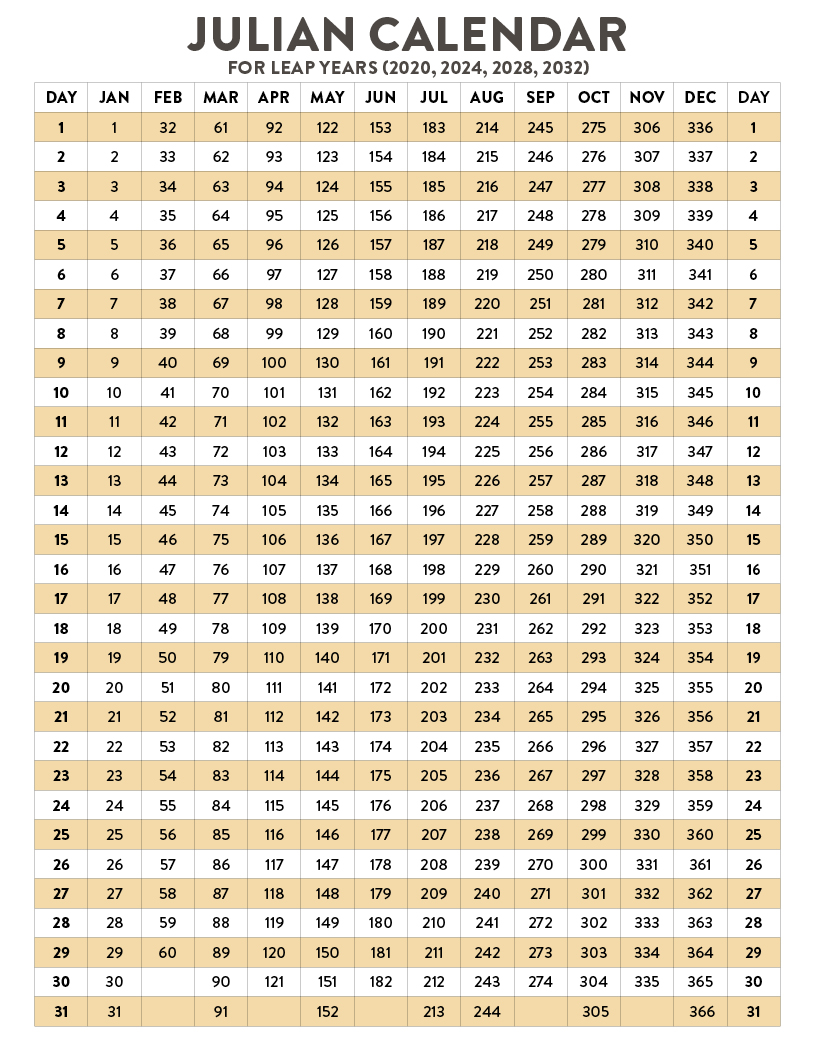did the julian calendar have leap years. They follow a simple cycle of three. Every year divisible by 4 is a leap year.

did the julian calendar have leap years The julian calendar has 1 leap year every 4 years: Every year divisible by 4 is a leap year. The year was divided into 12 months, all of which had either 30 or 31 days except february, which contained 28 days in common (365 day) years and 29 in every.












In The Gregorian Calendar, Most Years That Are Evenly Divisible By 100 Are Common Years, But They Are Leap Years In The Julian Calendar.
They follow a simple cycle of three. The year was divided into 12 months, all of which had either 30 or 31 days except february, which contained 28 days in common (365 day) years and 29 in every. The julian calendar has 1 leap year every 4 years:
1582, There Were 9 Leap Years In The Julian Calendar That Wouldn't Have Fit The Gregorian Calendar's Leap.
In the julian calendar, every four years is a leap year, with a leap day added to the month of february. This meant that the years 1700, 1800, and 1900. A normal year of 365 days and a leap year of 366 days.
A Common Year In The Julian Calendar Has 365 Days Divided Into 12 Months.
Caesar enlisted the help of the alexandrian astronomer sosigenes to develop a calendar that added an extra day every four years, known as a leap year. The julian calendar has two types of years: The julian calendar was more.